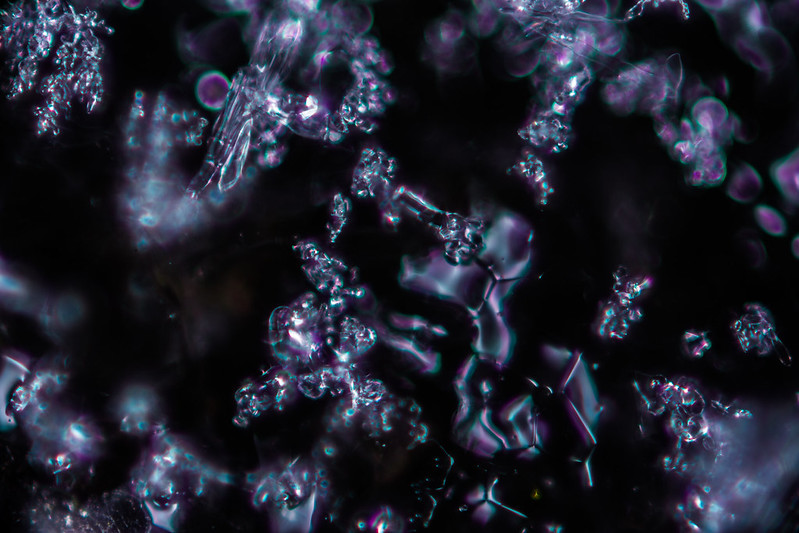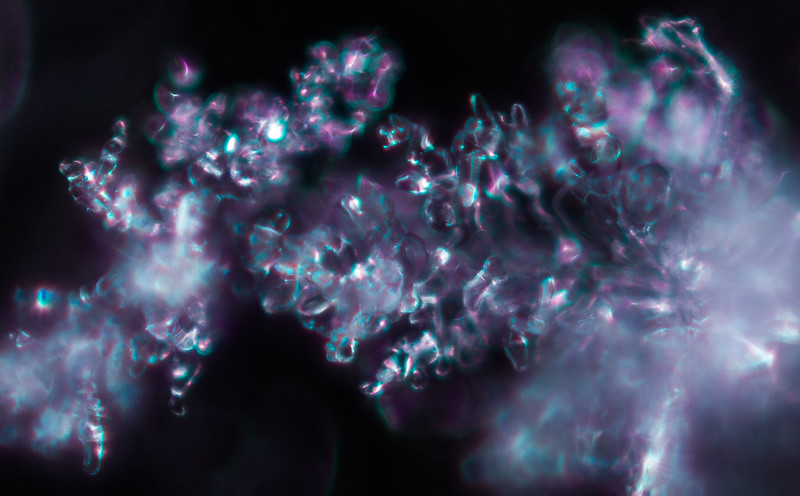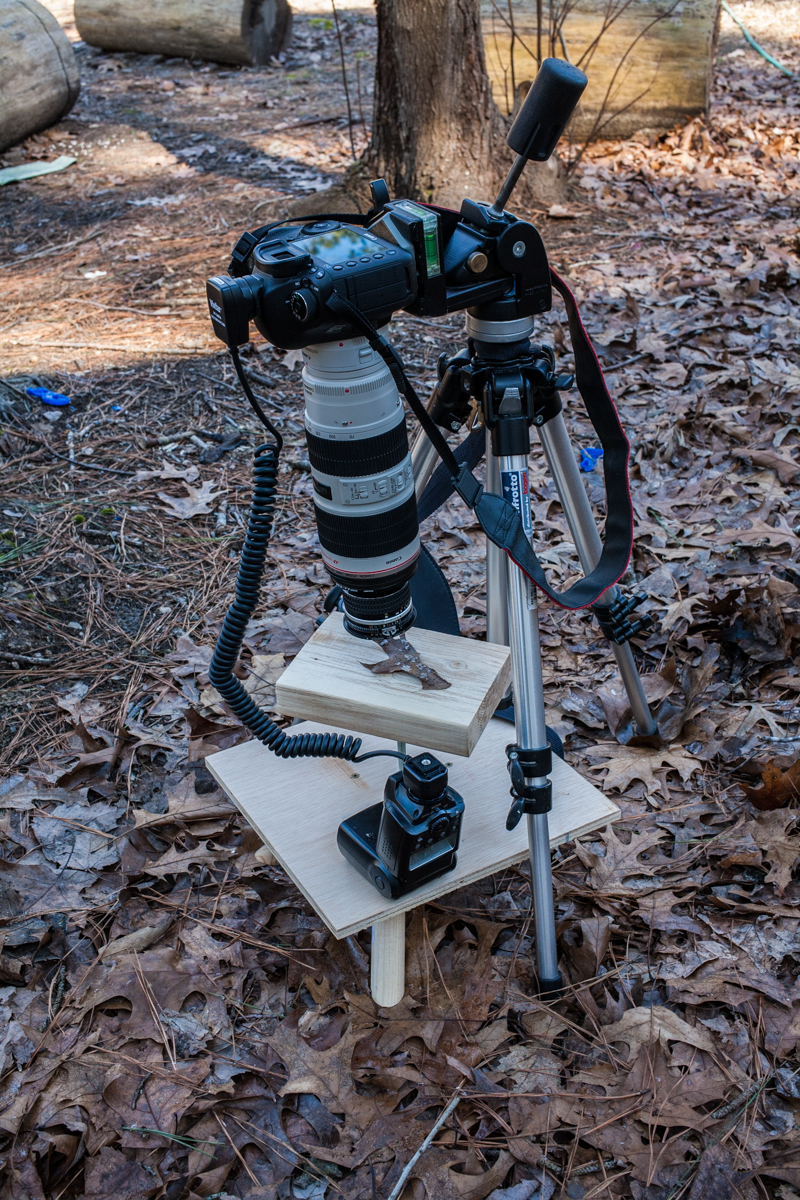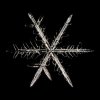K-amps said:
What software's (including ML) do focus bracketing?.......
If you've got an Android phone or tablet.......
https://play.google.com/store/apps/details?id=eu.chainfire.dslrcontroller
It doesn't do focus bracketing per se, as far as I've explored it, more like focus stepping.
You set the step sizes within certain limits, you set the range limits. Each focus step can also be exposure bracketed at the same time.
The app has its own web site at..
http://dslrcontroller.com/
I've found that that site pretty much has all the help and support you'll readily find.
There is a support forum thread at.......
http://forum.xda-developers.com/showthread.php?t=1202082
This single thread currently runs to over 300 pages with over 3,000 posts, good luck finding answers there.
No matter that the thread is so overwhelmed, the site is pretty comprehensive.
I'm running the app on a Samsung Galaxy S4, it also runs on my two older phones though it rather overwhelms the oldest phone.
I'm using it to tether to my 6D.
Tried using Wi-Fi, found it very erratic regarding the stability of the connection, I found it essentially useless over Wi-Fi. I suspect it's an issue with the 6D's Wi-Fi implementation.
Having given up on Wi-Fi, I stepped up to a cable connection which is rock solid and dependable. S4 as many others use an USB OTG (On The Go) Host cable adapter which go for less than $5 U.S. on Amazon.
The app does way more than I could have ever imagined prior to trying it, I now consider it a Must Have accessory.
I'm so impressed with this app/camera combination, I'm considering buying a 7” or 10” tablet to run essentially just this app.
Before you click the buy button, do read the full description, especially read the devices page at...
http://dslrcontroller.com/devices.php
make sure your devices are listed.
If you currently have your camera set to back button focus, you'll need to reset back to focus activation on the shutter release button as when new, otherwise there will be no focus control from within the app, not much point in that.
On my 6D, I set up Custom shooting mode C1 just for this app.
---
Ah, Neuro, happy you showed up!
neuroanatomist said:
….. However, you're trading one variables for another - macro lenses focus breathe (almost all lenses do, except cinema lenses which is one reason they cost tens of thousands). Focus breathing changes your magnification, real focal length, and framing - if your stack is deep enough, you'll notice it....
I had wondered about focus breathing, specifically if maybe the term was incorrect and if maybe Focal Length Breathing might be a more accurately descriptive term.
I have seen write ups where this was apparent in the results even though glossed over and un-commented upon by the author.
Specifically, the target subject was a quarter, viewed on an angle.
As you'd expect, the quarter should appear oblong when viewed at an angle and it did indeed.
In the focus stack example, the near edge was fairly circular when the near edge was the focus point, the far edge was visually drawn out.
Once the focus point reached the far edge, the far edge appeared somewhat more circular, the near edge became drawn out.
Once the set of frames had been combined, the end result looked to me, rounder overall, though not completely round.
I get a headache trying to wrap my head around the following concept, I certainly have no idea if it is true or not, maybe you know?
Assuming a fixed focal length as with a prime, is the focal length true only in the center of the area in focus? Is there focal length drift away from that center that is of absolutely no consequence when focusing at a distance but only becomes obvious and significant when focusing very close?
IF the above is true, again, I have no idea, then a completed focus stacked set should have a proper perspective for the focal length used all the way across the final image. Seems to me that this would be a desirable end result.
neuroanatomist said:
.......
Probably the best solution is a macro rail with a stepper motor, like the Cognysis StackShot.
http://www.cognisys-inc.com/stackshot/stackshot.php
Oh my, that is beautiful stuff. For what is is and does, the price looks downright reasonable, possibly justifiable.
BUT, from the few railed stacks I've seen, if there is anything in the background, background objects get totally borked by the rail process, similar to long exposures while zooming.
As long as the background is clear, no problem.
Now, if my focal length drift concept above is true, would there be any significant difference in the end result between marching the focus point/plane across the subject using the lens' focus compared to marching the focus point/plane by moving the entire lens/camera assembly?
.






